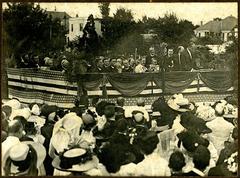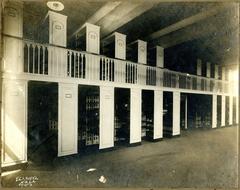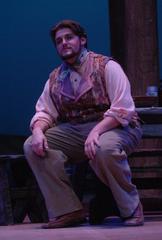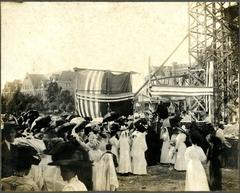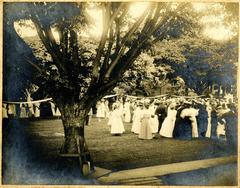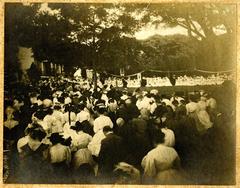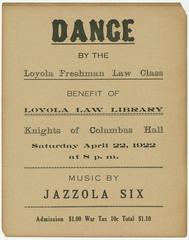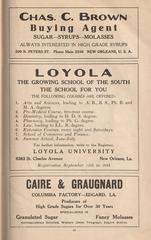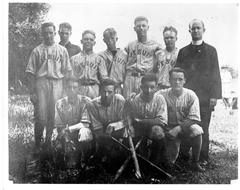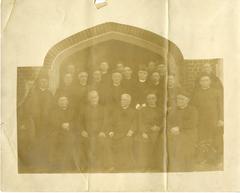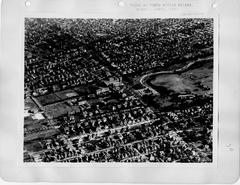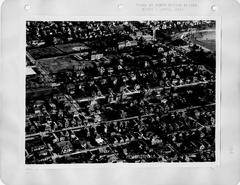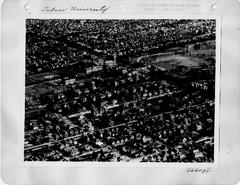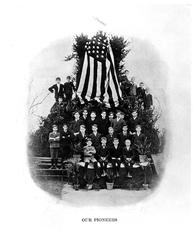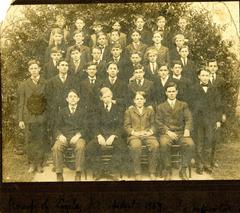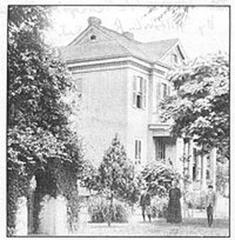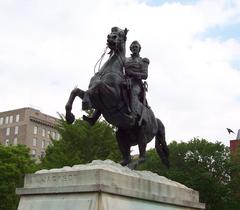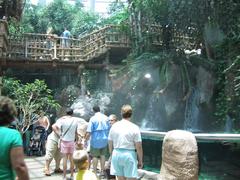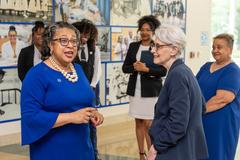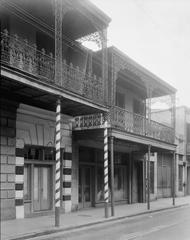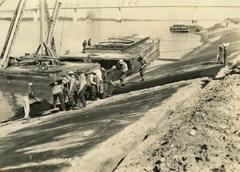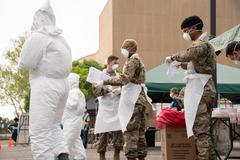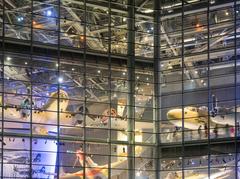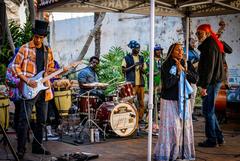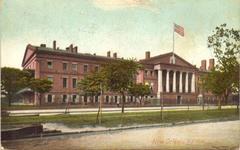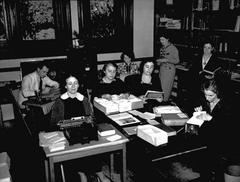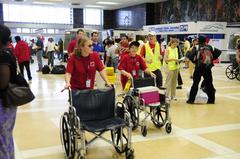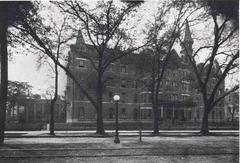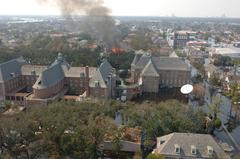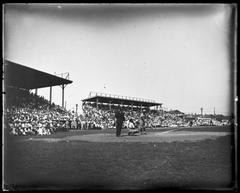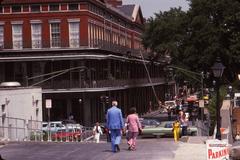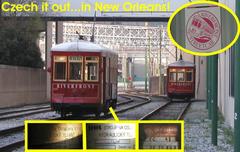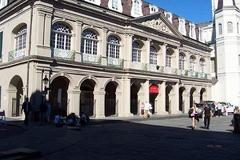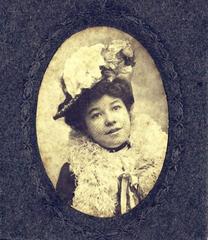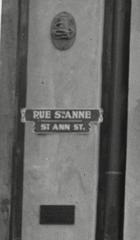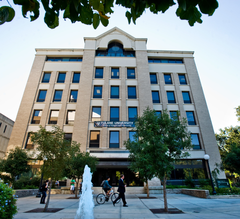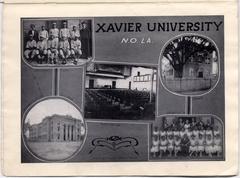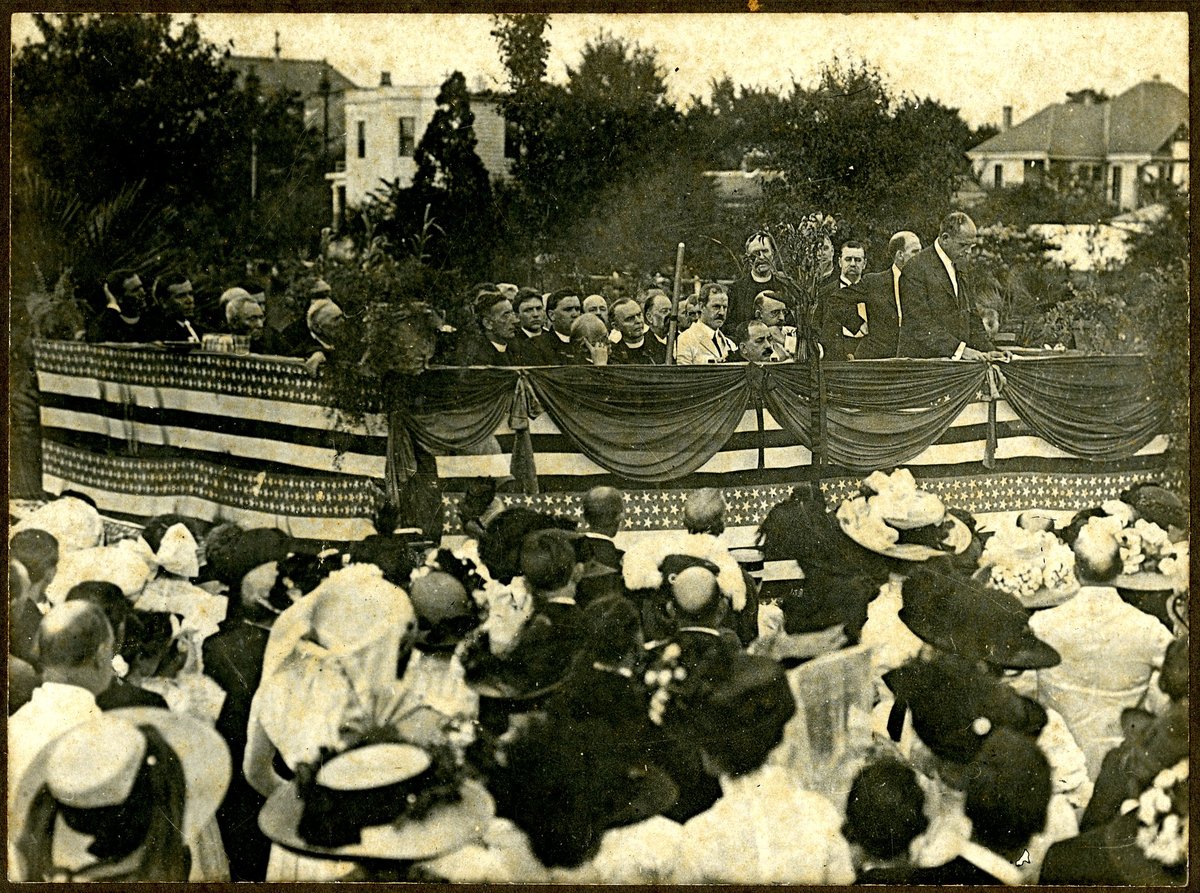
Loyola University New Orleans Visiting Guide: History, Significance, Tickets, and Visitor Tips
Date: 14/06/2025
Introduction
Loyola University New Orleans stands out as a distinguished Jesuit institution in the heart of the city’s Uptown/Garden District. With a legacy rooted in the early 20th century, Loyola blends historical significance, academic excellence, and vibrant campus life. This guide offers a comprehensive overview for prospective students, history enthusiasts, and tourists interested in the university’s storied past, campus highlights, and essential visitor information (Zippia; Loyola Admissions; Wikipedia).
Table of Contents
- Introduction
- Founding and Historical Development
- Social Progress and Diversity
- Campus Modernization and Facilities
- Academic Reputation and Achievements
- Visitor Information: Hours, Tours, and Accessibility
- Historic and Architectural Landmarks
- Academic and Cultural Centers
- Outdoor Spaces and Gathering Spots
- Art, Heritage, and Spirituality
- Student Life and Community Spaces
- Proximity to New Orleans Attractions
- Practical Visitor Tips
- Frequently Asked Questions (FAQs)
- Visual and Interactive Elements
- Final Recommendations and Summary
- References
Founding and Historical Development
Loyola University New Orleans was officially chartered in 1912, following Jesuit efforts to expand Catholic higher education in the American South. The university’s roots trace back even further, with the Jesuit community establishing a presence in New Orleans in the early 18th century. The main campus grew on land acquired from the Foucher Plantation in 1886, with the first classes held near the historic Most Holy Name of Jesus Church (Zippia). Early expansions included the School of Dentistry and the School of Law (1914), as well as evening courses and the New Orleans Conservatory of Music and Dramatic Art.
The campus itself is a tapestry of Collegiate Gothic and modern architecture, with Marquette Hall (1910) serving as its iconic centerpiece. Over the decades, Loyola has added facilities such as the Monroe Library, Danna Student Center, and the Communications/Music Complex, reflecting its commitment to both tradition and innovation.
Social Progress and Diversity
Loyola has long been a leader in social justice and diversity. In 1952, Norman Francis became the first African-American admitted to the Law School, marking a significant step in the civil rights movement (Zippia). The university continues to honor social justice and global awareness, notably through the Plaza De Los Martires De La Paz, dedicated in 1989 to Jesuit martyrs from El Salvador.
Today, Loyola fosters inclusivity through a wide range of student organizations, outreach programs, and a campus culture that celebrates diversity.
Campus Modernization and Facilities
Continuous investment in facilities ensures Loyola’s campus supports modern academic and student needs. Notable additions include the Monroe Library (1999), recognized as one of the top college libraries in the nation, and the Tom Benson Jesuit Center (2010), which revitalized campus spiritual life (Zippia; Clarion Herald). The Danna Student Center serves as the campus’s social and dining hub.
Academic Reputation and Achievements
Loyola offers a robust liberal arts core and excels in the arts, law, and business disciplines. The College of Law and College of Business have garnered regional and national recognition. The university’s study abroad program is among the most active in the region, and student organizations like the Loyola Association of Students for Sustainability enhance campus life (Loyola Clubs and Organizations). Loyola’s athletic history includes a national basketball championship in 1945.
Visitor Information: Hours, Tours, and Accessibility
- Visiting Hours: Generally open Monday–Friday, 8:00 AM–6:00 PM; some buildings have extended hours. Always consult the official visitor page for updates.
- Tours: Free guided tours are available through the admissions office. Self-guided tour maps can be picked up or downloaded.
- Admission Fees: There is no charge for general campus visits or tours. Special events or performances may require tickets.
- Accessibility: Most campus facilities are wheelchair accessible. Special accommodations can be arranged via the Office of Accessibility.
- Parking: Limited visitor parking is available; use of public transit, especially the St. Charles Avenue streetcar, is recommended (Prked Parking Guide).
Historic and Architectural Landmarks
Marquette Hall
The symbolic and architectural heart of the campus, Marquette Hall features Collegiate Gothic style and a prominent bell tower visible from St. Charles Avenue. It regularly hosts events and lectures and is a must-see for visitors (Wikipedia).
Most Holy Name of Jesus Church
This historic church anchors Loyola’s Jesuit tradition. Open to the public, it offers a peaceful space for reflection and has deep ties to the university’s founding (Wikipedia).
Monroe Hall
Known for panoramic campus views from its upper floors, Monroe Hall is a favorite study spot and academic hub (The Maroon).
Academic and Cultural Centers
Monroe Library
Consistently ranked among the top college libraries, Monroe Library offers serene study spaces, a café, and rotating art exhibits. Upper floors provide inspiring views and a quiet atmosphere (The Maroon).
Louis J. Roussel, Jr. Performance Hall
A premier venue for concerts and university events, this hall showcases performances by the Loyola Symphony Orchestra, jazz ensembles, and guest artists (Wikipedia).
Broadway Campus and College of Law
Home to the School of Law since 1986, the Broadway Campus features distinctive architecture and a quieter atmosphere, ideal for academic pursuits (Wikipedia).
Outdoor Spaces and Gathering Spots
Peace Quad
Central to campus life, the Peace Quad is shaded by oaks and popular for reading, meeting, and campus events (The Maroon).
Thomas Hall Picnic Area and “Touchdown Jesus”
Shaded picnic tables and the playful “Touchdown Jesus” mural offer a relaxed spot for outdoor study or photos (The Maroon).
Secluded Courtyard
A quiet courtyard between Monroe Library and Miller Hall, marked by a statue of St. Ignatius Loyola, provides solitude for reading or reflection (The Maroon).
Art, Heritage, and Spirituality
Campus Art and Statues
Public art and statues, especially of St. Ignatius Loyola, are found throughout campus, reflecting the university’s Jesuit heritage and offering engaging photo opportunities.
Chapel of the North American Martyrs
A tranquil sanctuary honoring Jesuit martyrs, this chapel offers a space for prayer and reflection.
Student Life and Community Spaces
Fred Hampton Free Store
Demonstrating Loyola’s commitment to social justice, the Fred Hampton Free Store supports students and community members in need, operating on solidarity and mutual aid principles (The Maroon).
Dining and Social Hubs
The Danna Student Center features a food court, lounges, and meeting spaces, making it the heart of campus life and a great spot to meet students or grab a meal.
Proximity to New Orleans Attractions
Audubon Park
Directly across from campus, Audubon Park offers walking trails, ancient oaks, and picnic spots, making it a natural complement to a campus visit (Discover Walks).
St. Charles Avenue Streetcar
The historic streetcar line running in front of campus provides convenient access to the French Quarter, Garden District, and other attractions (Go Far Grow Close).
Additional Nearby Attractions
Explore the New Orleans Museum of Art, City Park, the Freret Street corridor, and Magazine Street for shopping, dining, and cultural experiences.
Practical Visitor Tips
- Best Times to Visit: Campus is most active during the academic year; spring and autumn offer the best weather.
- Photography: The historic buildings and green spaces provide excellent backdrops for photos.
- Weather: New Orleans can be hot and humid in summer—bring light clothing and an umbrella (HI USA Travel Guide).
- Safety: The campus is generally safe, but standard urban precautions are recommended (Go Far Grow Close).
- Dining: On-campus dining is available, and nearby Uptown and Freret Street offer diverse options (New Orleans College Visit Itinerary).
Frequently Asked Questions (FAQs)
Q: What are Loyola University New Orleans visiting hours?
A: The campus is generally open Monday–Friday, 8:00 AM–6:00 PM; check the official website for building-specific hours.
Q: Are campus tours free?
A: Yes, guided tours are free and can be booked online.
Q: Is the campus accessible for visitors with disabilities?
A: Yes, most facilities are ADA-compliant. Contact the Office of Accessibility for accommodations.
Q: Where can I park?
A: Limited visitor parking is available; using the St. Charles Avenue streetcar is often most convenient (Prked Parking Guide).
Q: What nearby attractions can I visit?
A: Audubon Park, the French Quarter, the Garden District, and local museums are all easily accessible.
Visual and Interactive Elements
Take advantage of official virtual tours and photo galleries on the Loyola University website. The campus app provides interactive maps, event updates, and emergency notifications.
Final Recommendations and Summary
Loyola University New Orleans is more than an academic institution—it serves as a beacon of Jesuit tradition, cultural heritage, and social engagement in the heart of New Orleans. Its accessible campus, historic landmarks, and proximity to the city’s premier attractions make it an ideal destination for visitors of all backgrounds. Plan your visit using the resources in this guide, and immerse yourself in the unique spirit of Loyola and New Orleans (Loyola Visitor Info; New Orleans Tourism).
References
- Loyola University New Orleans History: Visiting Hours, Tours & Campus Highlights (Zippia)
- Visiting Loyola University New Orleans: A Guide to Its Historical Significance and Visitor Information (Loyola Admissions)
- Loyola University New Orleans Campus Highlights: Visiting Hours, Attractions, and Travel Tips (Wikipedia; The Maroon)
- Loyola University New Orleans Visit Guide: Hours, Tickets, and Nearby Attractions (CampusReel Virtual Tours; Prked Parking Guide)
- Discover Walks
- Go Far Grow Close
- New Orleans College Visit Itinerary
- HI USA Travel Guide
- Clarion Herald
- Roads & Kingdoms
- Earth Trekkers Guide
